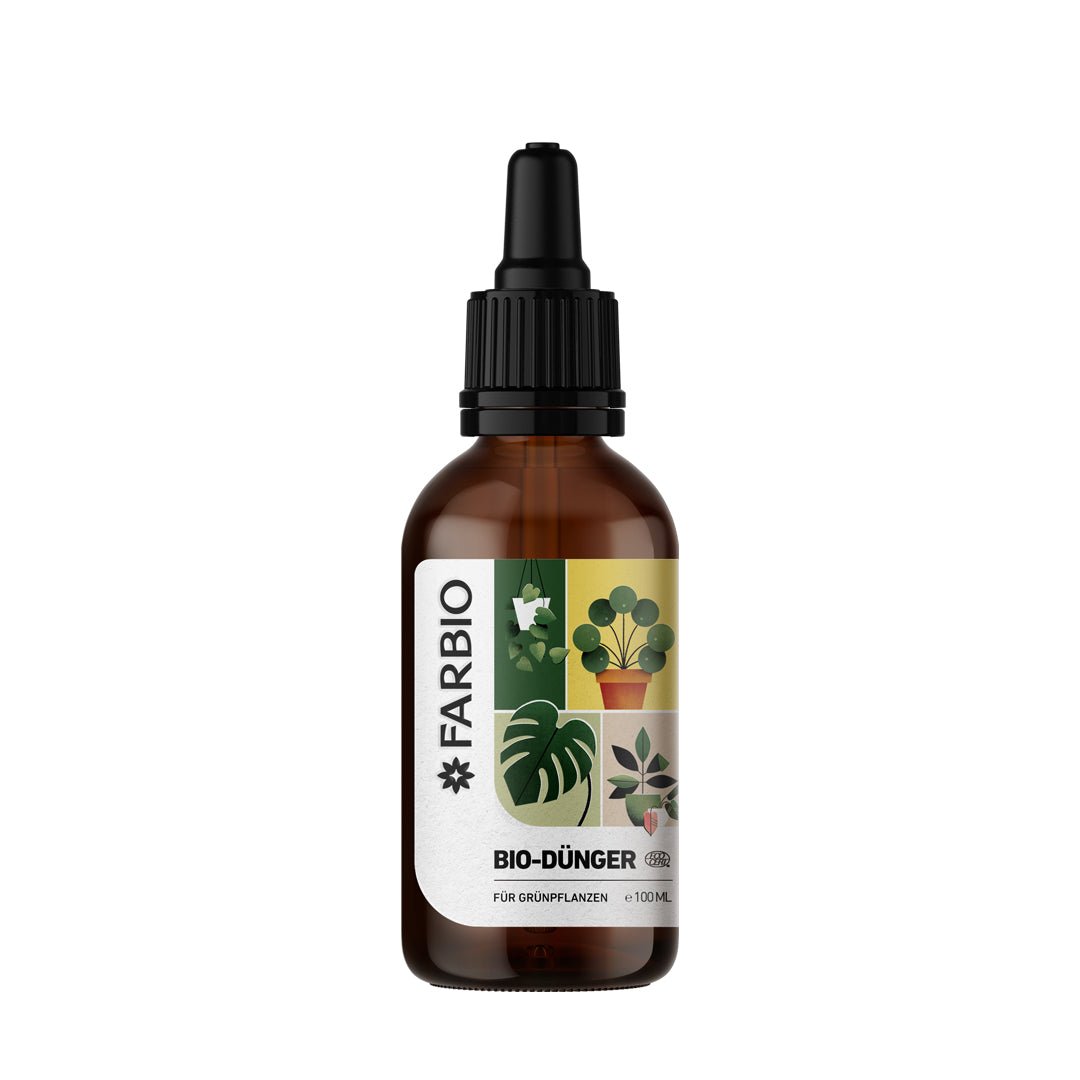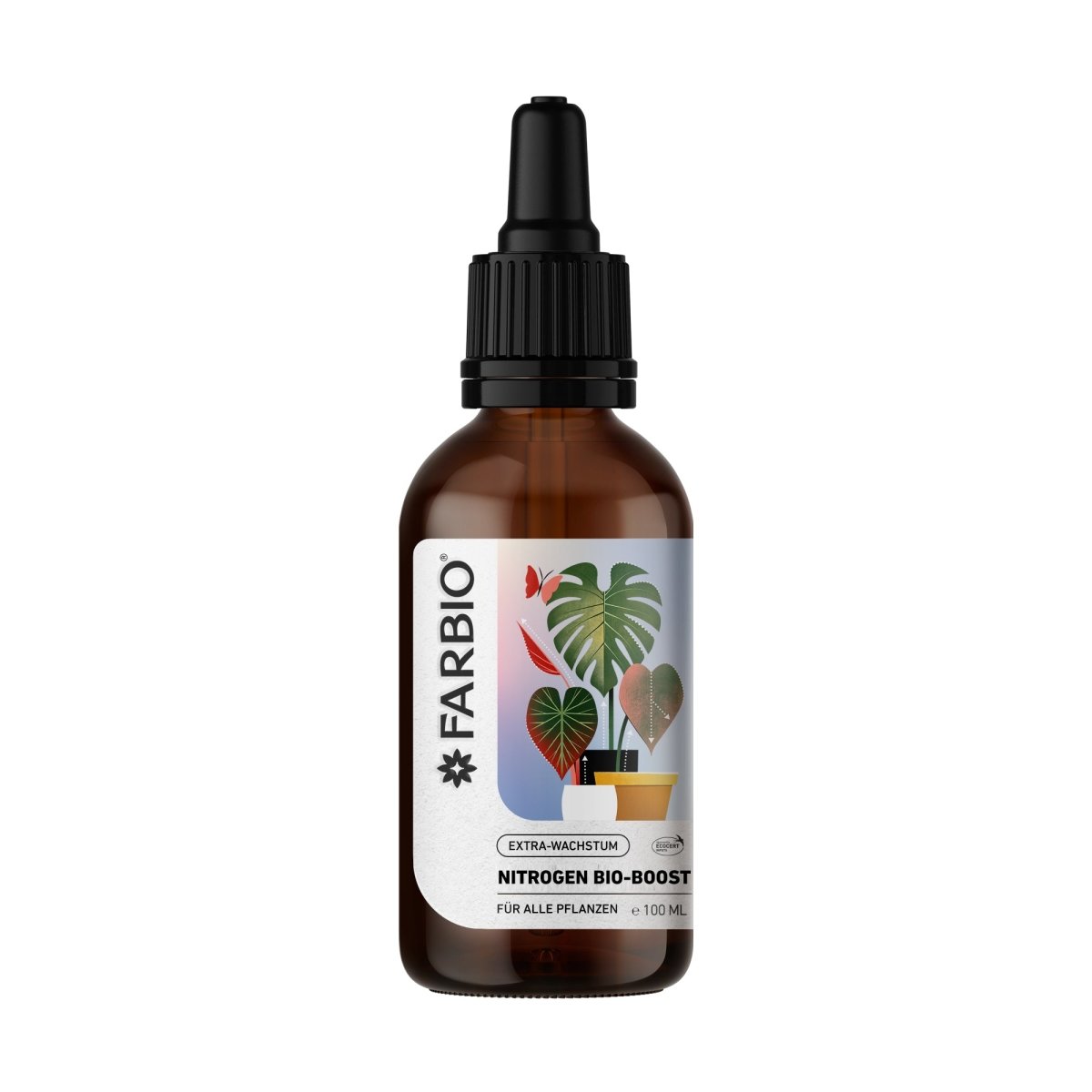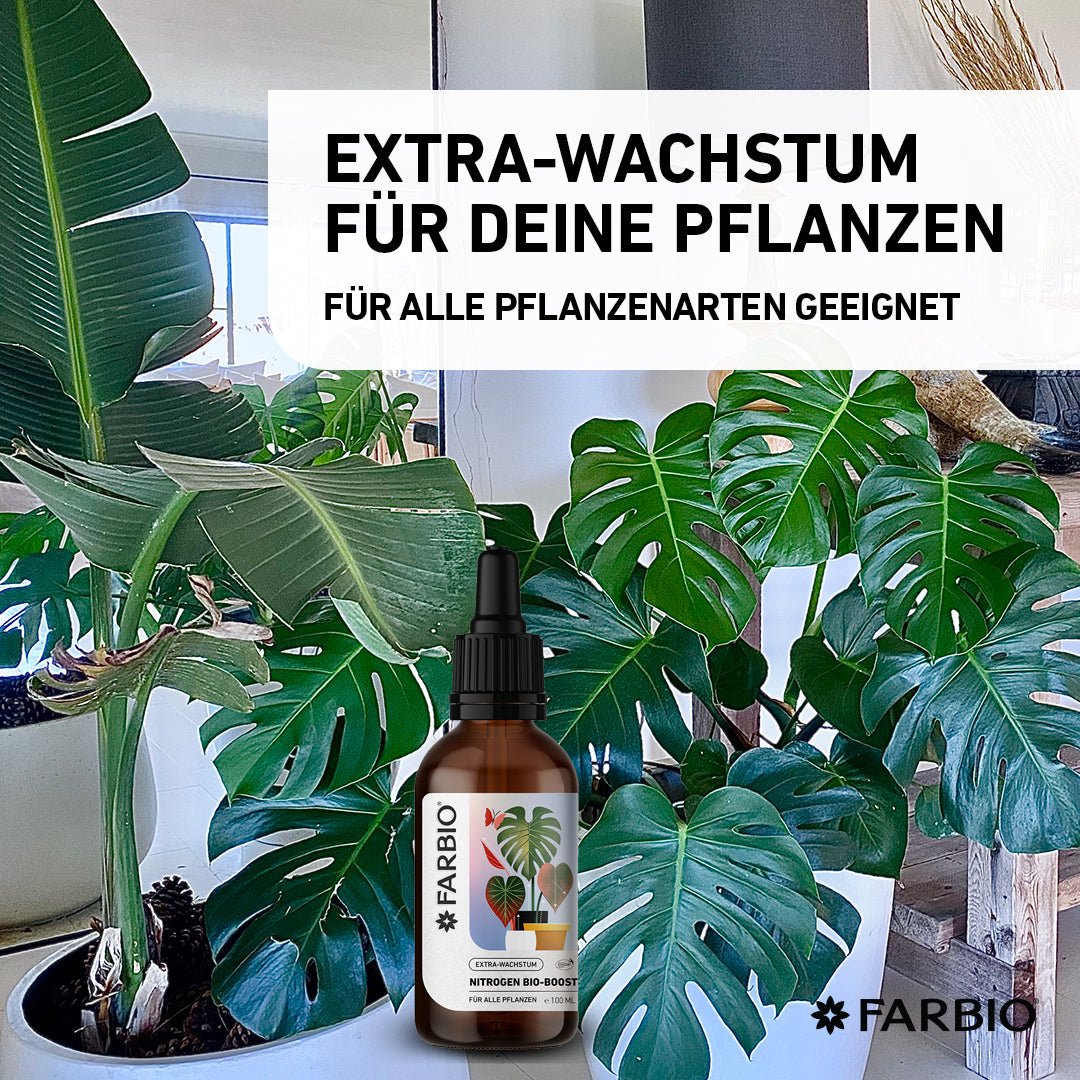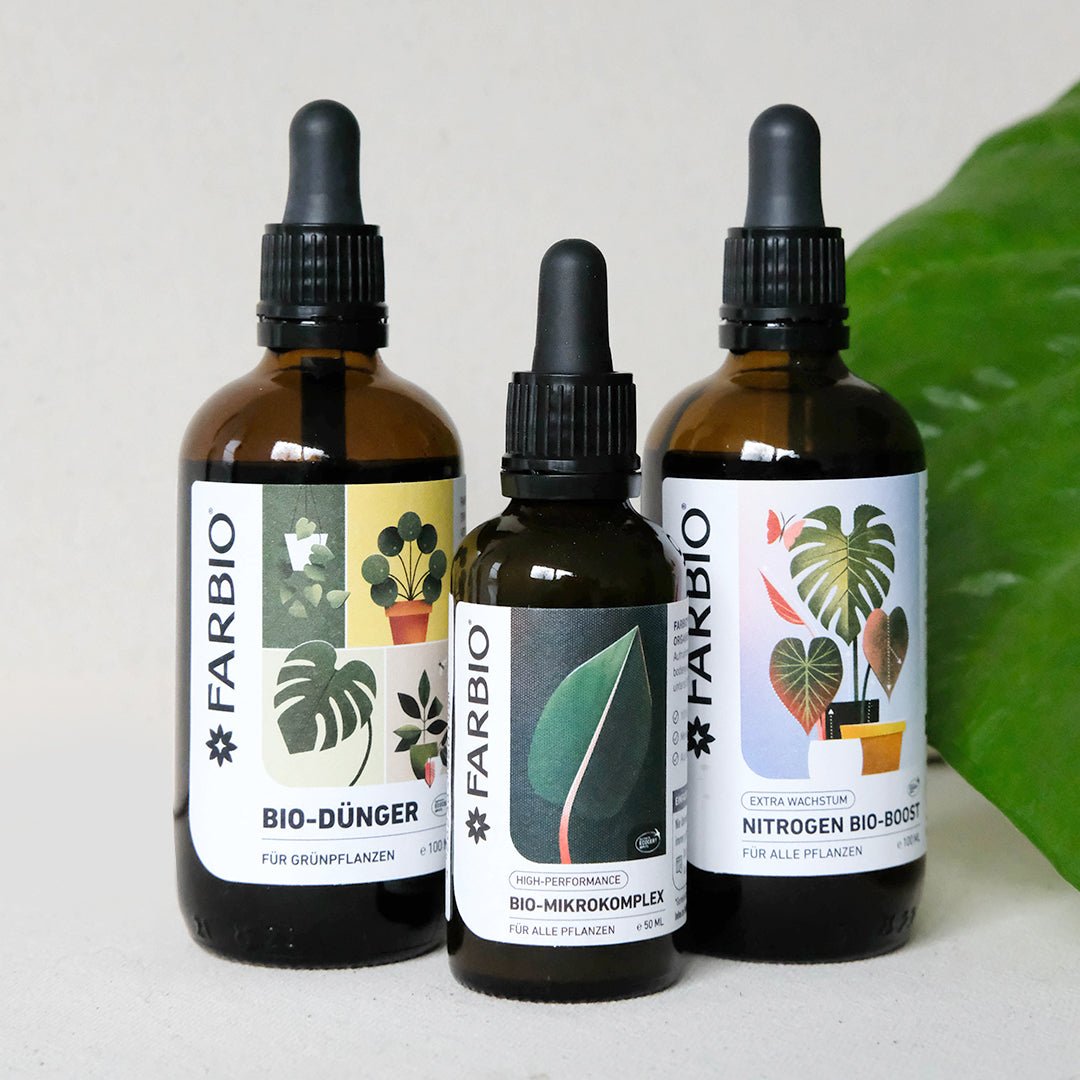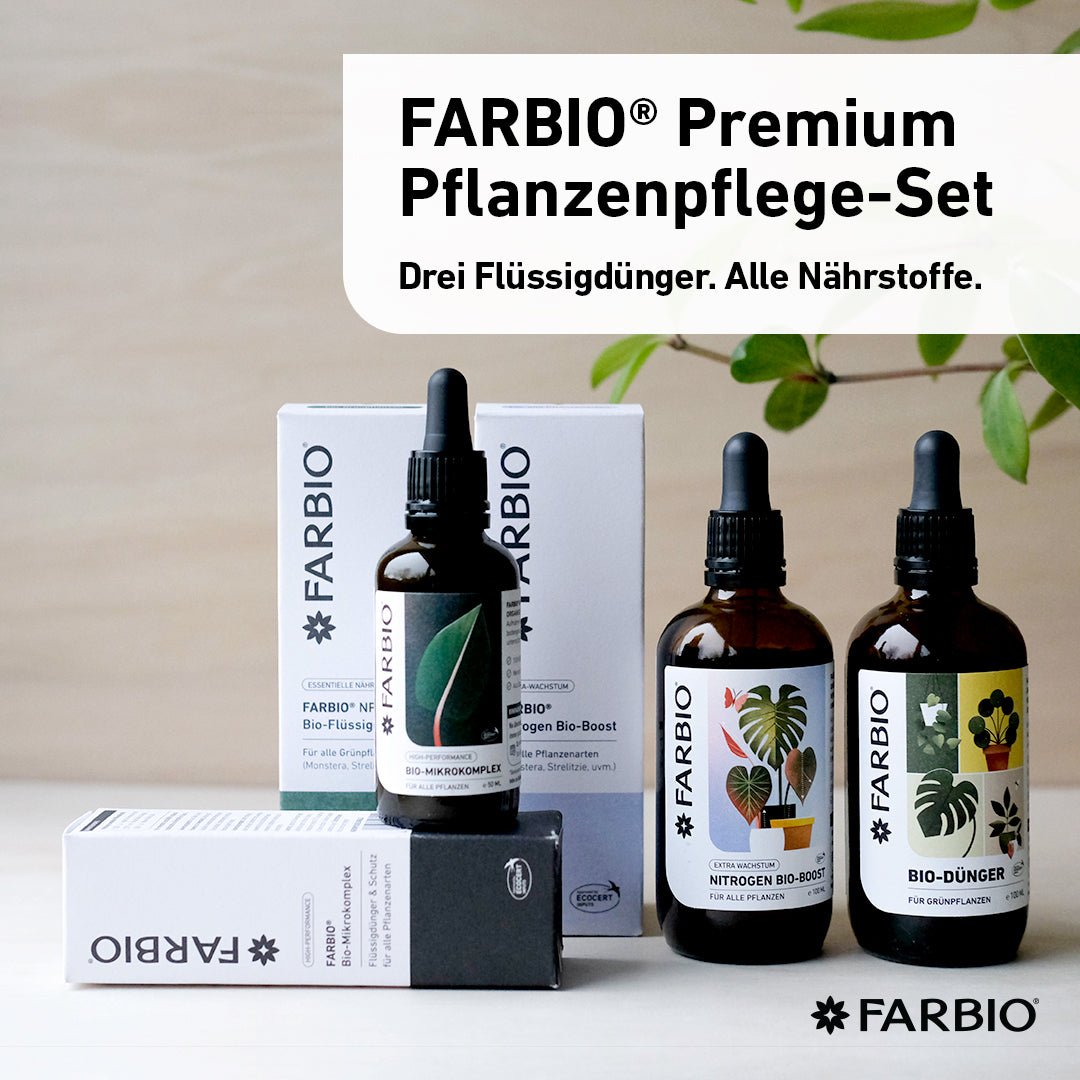Did you know that not all plants need to be planted in soil? Some can also survive in water. Cultivating houseplants in water, also known as hydroponics, offers an exciting alternative to traditional potted plants. In this article, you will learn how to successfully keep houseplants in water, which plants are easy to care for and can tolerate it.
Can plants grow in water?
Yes, many plants can thrive in tap water without any soil if their basic needs are met. While soil usually takes on the task of anchoring the roots and providing nutrients, aquatic plants can do this using nutrient solutions. The root ball must always remain in the water, while the upper part of the plant receives sufficient air and light. The right location also plays a role.

Cultivating houseplants in water: What you should pay attention to
Grow cuttings directly in water
One of the easiest ways to start growing aquatic plants is by using cuttings. Cut a healthy shoot from your houseplant and remove the lower leaves. Place the cutting in a container of water so that the cut site and the lower nodes are submerged. After a few weeks, you will see the aquatic roots developing.

Transfer plant from soil to water
You can also transfer existing plants from the soil into water. Carefully remove the plant from its pot and wash the root ball thoroughly to remove all soil residue. Place the clean roots in a container with tap or rainwater.
This is how roots develop in water
When you move a plant from soil to water, you will find that the roots have to adjust to the new environment. Roots that have grown in soil are designed to pull nutrients and water from the soil. When they move to water, they often develop thinner and finer aquatic roots. It can take a few weeks for the roots to fully adjust and become strong enough to support the plant. Make sure the opening of your glass vase is not too small so that you can still remove the plant even after strong root growth!
Avoid rotting
One of the most common mistakes when growing plants in water is the rotting of the roots. To avoid this, you should change the water regularly and clean the glass at least once a week. Use a transparent vase, for example, to observe the root growth and to be able to react to changes in time. The container should not be closed from the top, e.g. with a cork, as oxygen exchange is important.
Slow growth
However, it should be remembered that the growth of plants in water is likely to be lower than that of plants growing in substrate. This is due to several physical, chemical and biological factors: the availability of oxygen, the lack of a supportive microbial environment, physical stability and differences in nutrient dynamics, the need for root adaptation, temperature regulation and pH stability.

Caring for houseplants with fertilizer
Houseplants that grow in water need nutrients more regularly because they don't have soil to get them from. Foliar fertilizers are particularly suitable for green plants in hydro and semi-hydroponics because the water is not contaminated. So it's a great way to feed plants in a sustainable and organic way in a plant-available form!
The FARBIO® organic micro-complex is a top-class vegan foliar fertilizer. The innovative nanoparticle technology enables rapid absorption of the complex micronutrients and strengthens the self-defense mechanisms of your plants.
The FARBIO® Nitrogen Bio-Boost supports your plants with nitrogen, which is not only essential for healthy growth, but also makes your plants shine with an intense green leaf color!

Which houseplants are suitable as “water plants”?
Not all plants are suitable for growing in water. For example, plants with a woody stem. Here are some houseplants that grow very well in water:
Plant 1: Monstera
The monstera, also known as Swiss cheese plant, is a popular houseplant that can be kept well in water. Simply cut a cutting with at least one node and place it in a glass of water. The Monstera will form new roots within a few weeks.

Plant 2: Avocado plant
To grow an avocado plant in water, you need an avocado pit. Place the pit in a glass of water so that it is half submerged. Use toothpicks to stabilize the pit. After a few weeks, the pit will begin to germinate and form roots and a sprout. When the roots are strong enough, you can transfer the plant to a larger container of water.
Plant 3: Pothos
The pothos is one of the easiest plants to care for in hydroponics. It grows quickly and can thrive in both water and soil. Cut off a shoot and remove the lower leaves. Place the cutting in a glass of water and place it in a bright place, but not in direct sunlight.

Benefits of plants in water
This alternative way of growing plants has many advantages. It is a clean way of keeping houseplants: finally no more soil that spreads on the floor when repotting. You also get by with fewer utensils - finally no more lugging around heavy potting soil and other substrates! It can also be a more sustainable alternative, as you can do without peat.
You can also discover more interesting facts about houseplants on our YouTube channel!



